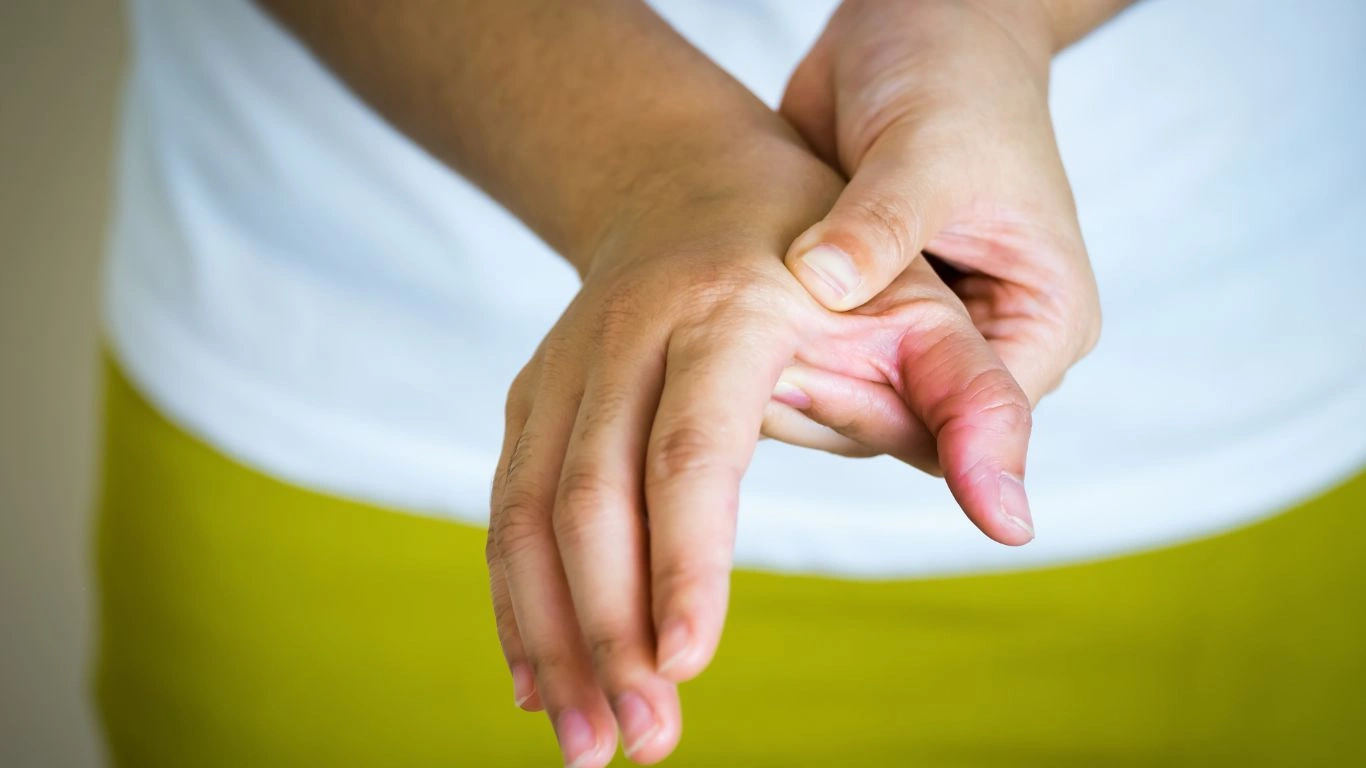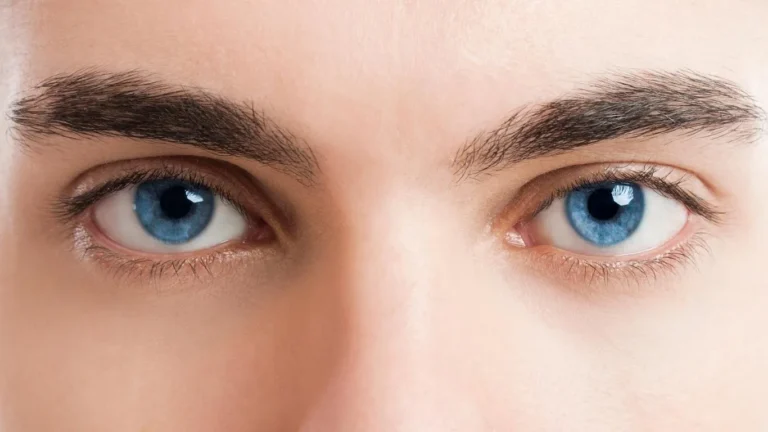Managing Rheumatoid Arthritis Finger Deformity Stages Naturally
Rheumatoid arthritis (RA) is a long-term autoimmune disease that can cause pain, swelling, and damage in the joints. One of the most visible and frustrating complications of RA is finger deformity. Over time, RA can change the shape of your fingers and make it hard to do everyday things like buttoning a shirt or holding a pencil. Knowing the stages of these finger deformities can help you understand what’s happening in your body and when to get help.
Understanding Rheumatoid Arthritis and Your Fingers
RA happens when the immune system, which normally protects your body, mistakenly attacks your joints. This leads to inflammation that can wear down the cartilage and bone in the joint, especially in smaller joints like those in the hands and fingers.
Each finger has three small joints that help with movement: the knuckle (MCP), the middle joint (PIP), and the tip joint (DIP). In RA, the damage usually begins in the knuckle and middle joints. Over time, this damage causes the fingers to bend in unusual ways or lose their normal alignment.
How RA Affects Finger Movement
Fingers rely on a balance between muscles, tendons, and ligaments to move smoothly. In RA, the swelling and joint damage throw off this balance. The tendons may become loose or slip out of place. The ligaments may stretch too far. And the bones can erode.
When all these changes happen together, it creates deformities—permanent changes in shape and movement. These deformities often get worse over time if the RA isn’t well controlled.
Stages of Rheumatoid Arthritis Finger Deformities
RA finger deformities usually happen in stages. Here’s how they can develop:
- Early Stage: You may feel morning stiffness in your fingers that lasts more than an hour. Joints may feel warm or tender, especially at the base of your fingers.
- Moderate Stage: Swelling increases, and fingers may start to look slightly misshapen. You might notice weakness in your grip or trouble doing precise tasks like writing or opening jars.
- Progressive Stage: As joint damage worsens, fingers may begin to twist or bend abnormally. This is when deformities become more obvious and permanent.
- Advanced Stage: Severe joint damage can lead to major deformities. You might lose full use of your hands or fingers. Pain and stiffness may be constant, even at rest.
If caught early, these deformities may be slowed or even prevented with treatment. That’s why knowing the signs matters.
Common Types of Finger Deformities in RA
Different types of deformities can happen depending on which joints are affected and how the tissues have changed:
- Swan Neck Deformity: The finger bends back at the middle joint and forward at the tip. It can make pinching or gripping hard.
- Boutonnière Deformity: The middle joint bends inward while the outer joint bends outward, creating a button-like appearance.
- Ulnar Drift: Fingers angle toward the pinky side of the hand. It often starts with swelling and weakening of the knuckle joints.
- Trigger Finger: A finger gets stuck in a bent position and may snap when you try to straighten it. This happens when tendons are inflamed or thickened.
- Z-Thumb Deformity (Hitchhiker’s Thumb): The thumb bends at odd angles due to joint instability, making gripping difficult.
These changes don’t happen overnight. They usually take years, but the early signs are key to spotting trouble before it gets worse.
What Causes These Deformities?
RA finger deformities are the result of joint and soft tissue damage over time. Here are some of the main causes:
- Chronic Inflammation: Long-term swelling damages cartilage, bone, and tendons.
- Joint Instability: As ligaments stretch or tear, joints become less stable and more prone to misalignment.
- Tendon Imbalance: RA can cause tendons to snap or move out of place, disrupting normal finger motion.
- Delayed Treatment: When RA is not treated early or properly, the damage can go unchecked and lead to deformities.
Everyone’s RA is different, but the sooner you begin treatment, the better the chances of protecting your joints.
When to See a Doctor
It’s important to act early if you notice any of these signs in your hands or fingers:
- Morning stiffness lasting more than an hour
- Swelling or tenderness in finger joints
- Changes in how your fingers bend or move
- Weak grip or trouble with fine motor tasks
- Finger pain that doesn’t improve with rest
Talk to your doctor or a rheumatologist if you notice these symptoms. They can run tests, check your joints, and recommend treatment to slow the disease.
Modern RA treatments like disease-modifying antirheumatic drugs (DMARDs) and biologics can help prevent joint damage and deformity. In some cases, occupational therapy or surgery can improve hand function and reduce pain.
Support and Outlook
Living with RA finger deformities can be tough, but you’re not alone. Early diagnosis and proper treatment can make a big difference. Many people with RA continue to live active lives with the right support.
If you’re having trouble using your hands or notice changes in your fingers, don’t wait. The earlier you get help, the more options you’ll have for relief and protection.
Stay informed, follow your treatment plan, and keep the conversation going with your healthcare team. You’ve got this.

Tarra Nugroho is a dedicated Nurse Practitioner with a strong foundation in family and preventive care. She brings both compassion and clinical expertise to her practice, focusing on patient-centered care and health education. As a contributor to Healthusias.com, Tarra translates medical knowledge into clear, empowering articles on topics like women’s health, chronic disease management, and lifestyle medicine. Her mission is simple: help people feel seen, heard, and informed—both in the clinic and through the content she creates. When she’s not caring for patients, Tarra enjoys weekend hikes, plant-based cooking, and curling up with a good health podcast.






